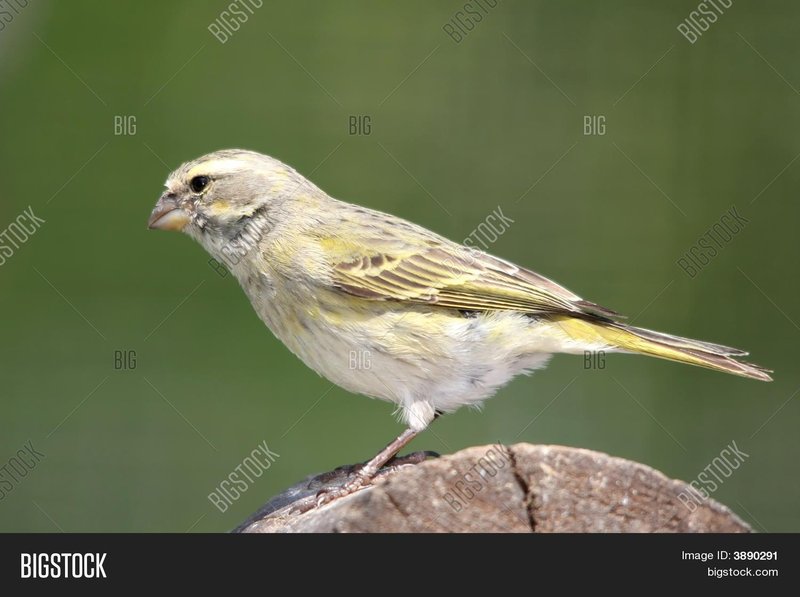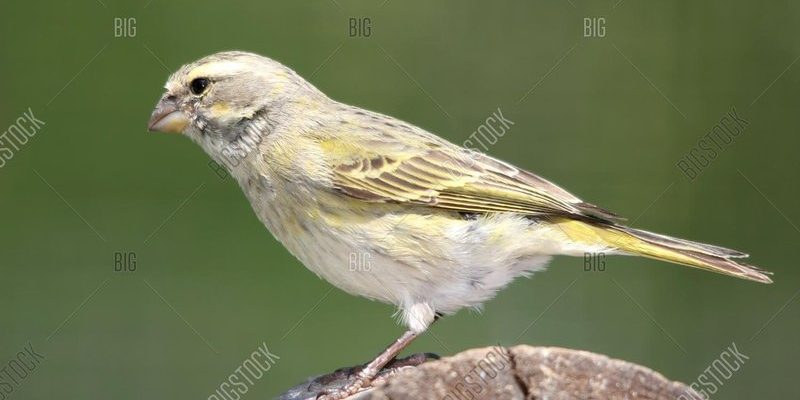
Just like how humans dress differently based on the weather—think cozy sweaters in winter versus light t-shirts in summer—canaries have developed specific traits and behaviors that help them survive in various environments. This ability to adapt is crucial, as it helps them not only find food and shelter but also stay safe from predators. Understanding these adaptations offers a fascinating glimpse into the natural world and highlights why it’s so important to appreciate creatures like canaries in our lives.
The Natural Habitat of Canaries
Canaries originally come from the Canary Islands, a beautiful archipelago off the northwest coast of Africa. These islands feature a mix of tropical climates, which shape the lives of their feathered inhabitants. This natural environment plays a key role in the birds’ physical traits and behaviors. For instance, the lush greenery provides an abundance of food sources, such as seeds and fruits, which are essential to the canary’s diet.
In their wild habitat, canaries are often found in scrublands and forests. Here, they move about in flocks, which helps them stay safe from predators. Living in groups not only enhances their chances of survival but also allows them to learn from one another. For a bird, instinct is crucial, but experience and social learning can make a real difference in adapting to new challenges.
Interestingly, the adaptability of canaries has led to several color and size variations due to selective breeding. Breeders have developed many canary breeds with distinct colors and patterns, making them popular pets. So, when we see a bright orange or a stunning variegated canary, it’s a testament to how these birds can thrive both in the wild and under human care.
Physical Adaptations
Canaries are equipped with a variety of physical characteristics that contribute to their adaptability. For starters, their strong, sturdy beaks are perfect for cracking open seeds, which are a primary food source. This beak shape plays an essential role in how canaries gather food, regardless of their environment.
Another vital physical trait is their feather structure. Canaries have a unique feathering system that helps them regulate body temperature. In cooler environments, they can fluff their feathers to trap warm air, keeping them cozy. Conversely, in warmer settings, they will flatten their feathers, allowing heat to escape. This ability to manage their body temperature is crucial for survival.
Don’t forget their remarkable singing ability! Male canaries are known for their beautiful songs, which are not just impressive but also serve an important function. These songs help establish territory and attract mates, making it vital for their reproduction. The vocal abilities of canaries are a fascinating example of how evolution has shaped their behaviors for survival.
Behavioral Adaptations
Canaries are not just physically adaptable; they also exhibit a range of behavioral adaptations that help them thrive. One interesting behavior is their foraging technique. In the wild, canaries are known to be opportunistic feeders. This means they’re not picky eaters; instead, they’ll eat whatever food is available, whether it’s seeds, fruits, or even insects. This flexibility in their diet is vital for survival, especially when food sources vary from season to season.
Social behaviors are also an important aspect of how canaries adapt. When living in flocks, they communicate through various calls and body language, enhancing their chances of finding food and avoiding danger. In different environments, such as urban areas or homes, they may adapt by learning new social cues. This capacity to adjust their social interactions is a testament to their intelligence and resilience.
Moreover, canaries have been observed displaying a behavior known as “dust bathing.” This practice helps keep their feathers clean and free of parasites, regardless of their surroundings. It’s a simple yet effective way to maintain good hygiene, which is especially important for birds that might encounter different pathogens in various habitats.
Adaptation to Domestic Life
When canaries become pets, they must adapt to a completely different lifestyle compared to their wild counterparts. For starters, their environment changes drastically from vast open spaces to the confines of a cage or a room. Fortunately, canaries are quite resilient. They can adjust by learning to navigate their new territory and finding comfort in perches, toys, and food sources provided by their human caretakers.
One way they adapt is through the routine established by their owners. Canaries quickly learn when it’s feeding time, and over time, they may even respond to the sound of a food container being shaken. This ability to recognize cues and adjust their behavior accordingly is a key aspect of their adaptability.
Social interaction also changes for canaries in captivity. While they might have lived in flocks in the wild, domesticated canaries often interact with their human families. They may sing more frequently or engage in playful behaviors as a way to communicate with their caretakers. This shift not only helps them cope with the change but also enriches their lives.
Environmental Threats and Adaptation
While canaries are adaptable, they still face threats in their environments, both natural and human-induced. The loss of habitat due to urban development poses a significant challenge. As their natural habitats shrink, the canaries must adapt to smaller spaces and find new food sources. Some may even venture into urban environments, where they can sometimes find surprising opportunities, like bird feeders and gardens.
Another threat is climate change, which affects weather patterns and food availability. Canaries that cannot adapt quickly enough may struggle to survive. However, their natural resilience gives them a fighting chance. As they face these challenges, some may even develop new behaviors or diet preferences, showcasing their ability to survive amidst change.
Additionally, canaries are known to be sensitive to pollution and toxins in their environment. In the wild, this can lead to decreased populations, as they struggle to find clean food and water. Awareness of these threats is crucial for their conservation. By understanding the environmental factors that affect canaries, we can better assist in preserving their habitats.
The Importance of Conservation
Understanding how canaries adapt to their environment underscores the importance of wildlife conservation. Every small change in their habitats can significantly impact their survival rates. Efforts to protect their natural environments, such as creating protected areas and promoting sustainable practices, go a long way in helping canaries thrive.
You might be surprised to learn that canaries have played a critical role in human history, especially in mining. Historically, miners would bring canaries into coal mines to detect dangerous gases. If the canaries became ill or died, it served as a warning for the miners to exit. This unique relationship highlights how important understanding animal adaptations can be for human safety.
Conservation doesn’t just stop at protecting their habitats. It also involves educating people about the importance of these small but mighty birds. By spreading awareness, we can inspire more people to appreciate and protect canaries and their environments.
Wrapping Up: The Journey of Adaptation
Canaries are a wonderful example of how animals can adapt to their environments in fascinating ways. From their physical traits—like strong beaks and feather structures—to their behavioral skills—such as social interaction and foraging—these birds showcase amazing resilience. Even in changing circumstances, whether in the wild or as pets, canaries find ways to thrive.
As we learn about how canaries adapt, it becomes clear just how interconnected our lives are with theirs. They remind us of the beauty of nature and the importance of protecting the environments we share. If we continue to appreciate these delightful birds and their adaptability, we can contribute to a world where they flourish, inspiring future generations to do the same.

